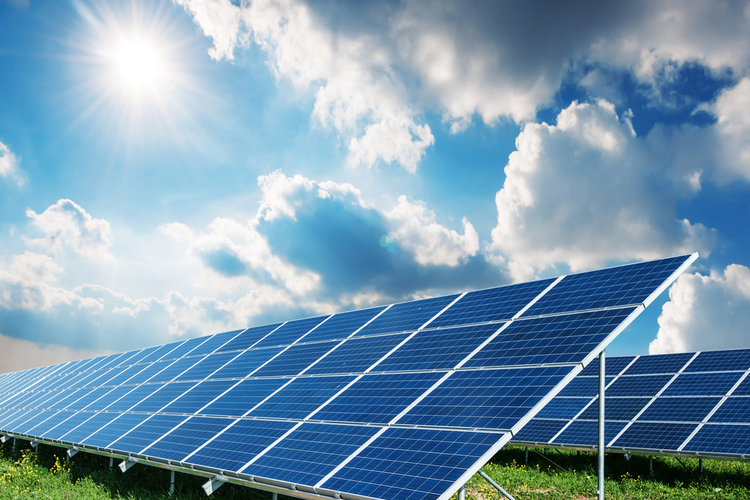There s a simple rule of thumb for calculating the best tilt angle for fixed mount solar panels.
Best angle for solar panels in vermont.
Tinkerers scientists and engineers have been actively developing solar energy collector systems of various types for centuries.
For a precise method use the second formula on this page to calculate tilt angle.
To get the best out of your photovoltaic panels you need to angle them towards the sun.
The angle at which the solar panel is elevated plays a vital role in maximizing the production of energy.
Use of solar energy is not new.
While the angle of your solar panels is important a more important factor in your energy production is going to be the direction your panels face.
The more exact way to count out the best tilt angle is done as follows.
Solar panel angle by zip code determine your optimal positioning.
Both the slope and the orientation is critical for best meeting your needs.
Subtract 15 degrees from the latitude at your location during summer and add 15 degrees to your latitude during winter.
This is because the sun is always in the southern half of the sky in the northern hemisphere.
Are you looking for the best solar panel angle by zip code.
On the other hand if we have a greater need during the summer season it is good to have a tilt angle between 19 and 42 for example 30.
But the best roof angle for solar panels has less of an impact on all of this productivity than the direction orientation in which your solar energy system faces.
You have come to the right place.
This solar angle calculator tells you the optimum angle to get the best out of your system.
Do you want optimal production from your solar panels.
Ancient civilizations often made good use of solar energy for example by orienting buildings and window openings to make maximize use of sunlight.
For a latitude up to 25 take your latitude and multiply it by 0 87 for a latitude between 25 to 50 take your latitude multiply by 0 87 after that you will add 3 1 degrees for a latitude over 50 the most ideal angle will end up being approximately 45 degrees.
If instead we have a greater need during the winter season it is good to have a tilt angle between 42 and 65 for example 53.
For example the tilt of the solar panels sporadic cloud coverage time of year angle of the sun are just a few factors of many that can cause a variety in daily output.
The optimum angle varies throughout the year depending on the seasons and your location and this calculator shows the difference in sun height on a month by month.

